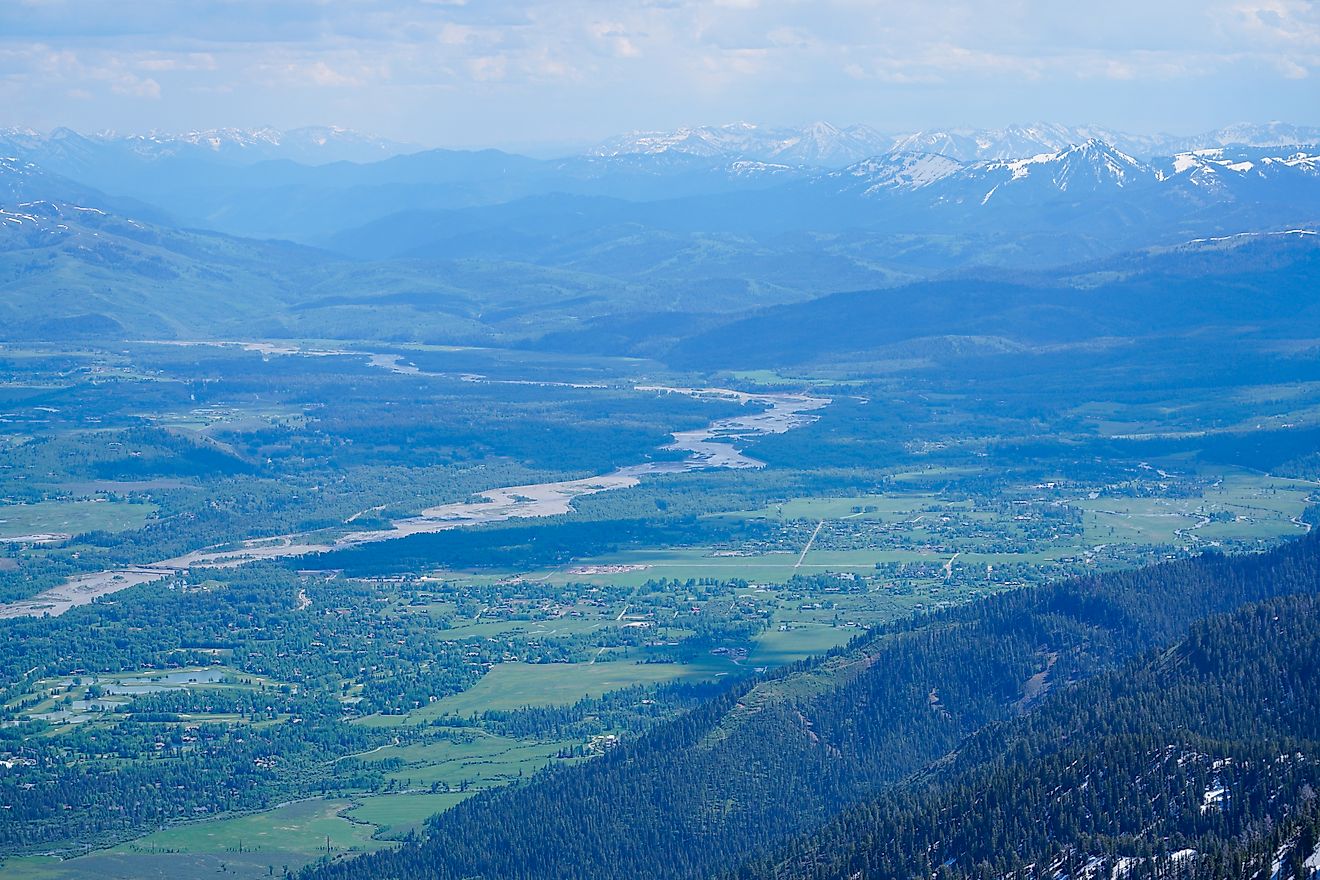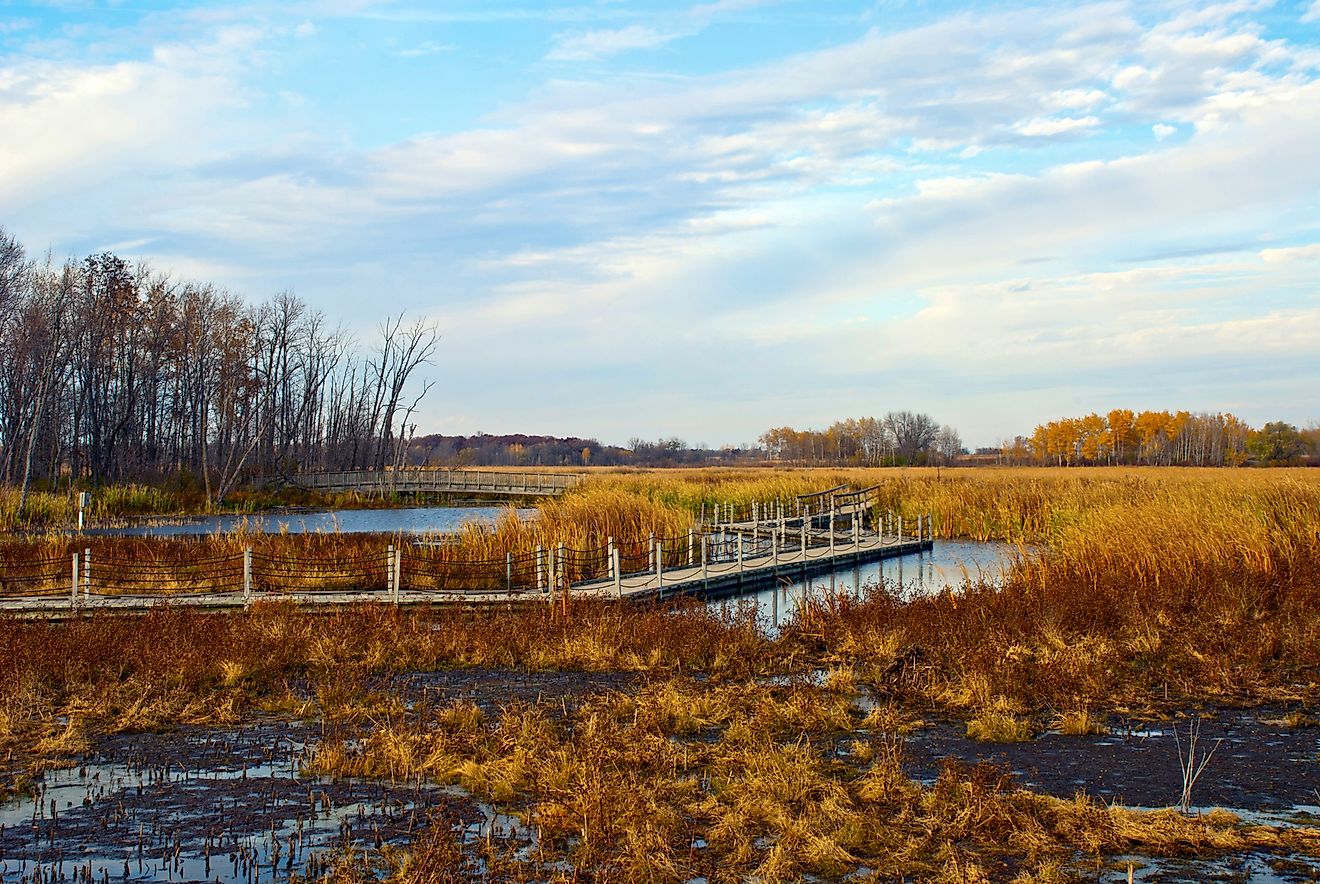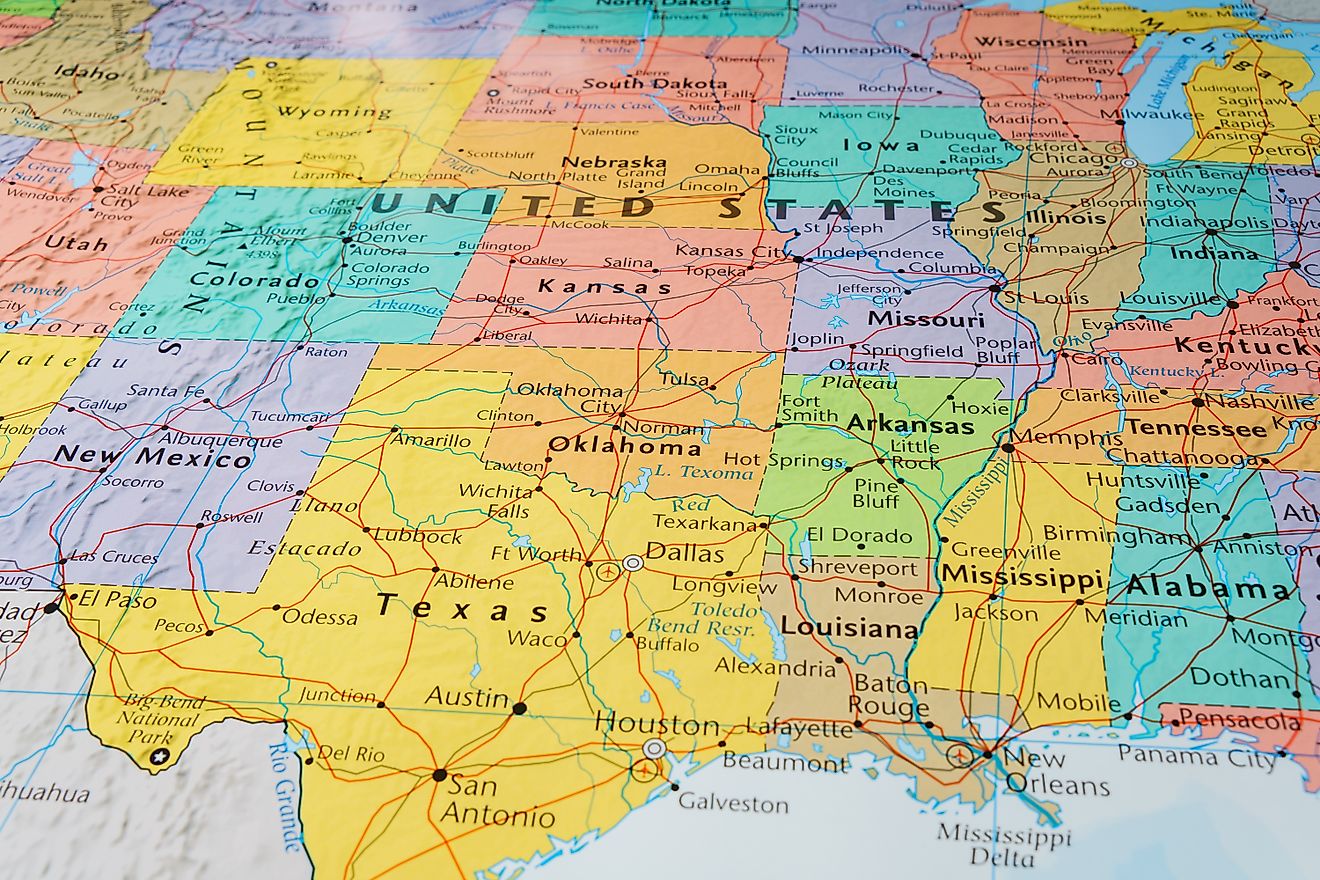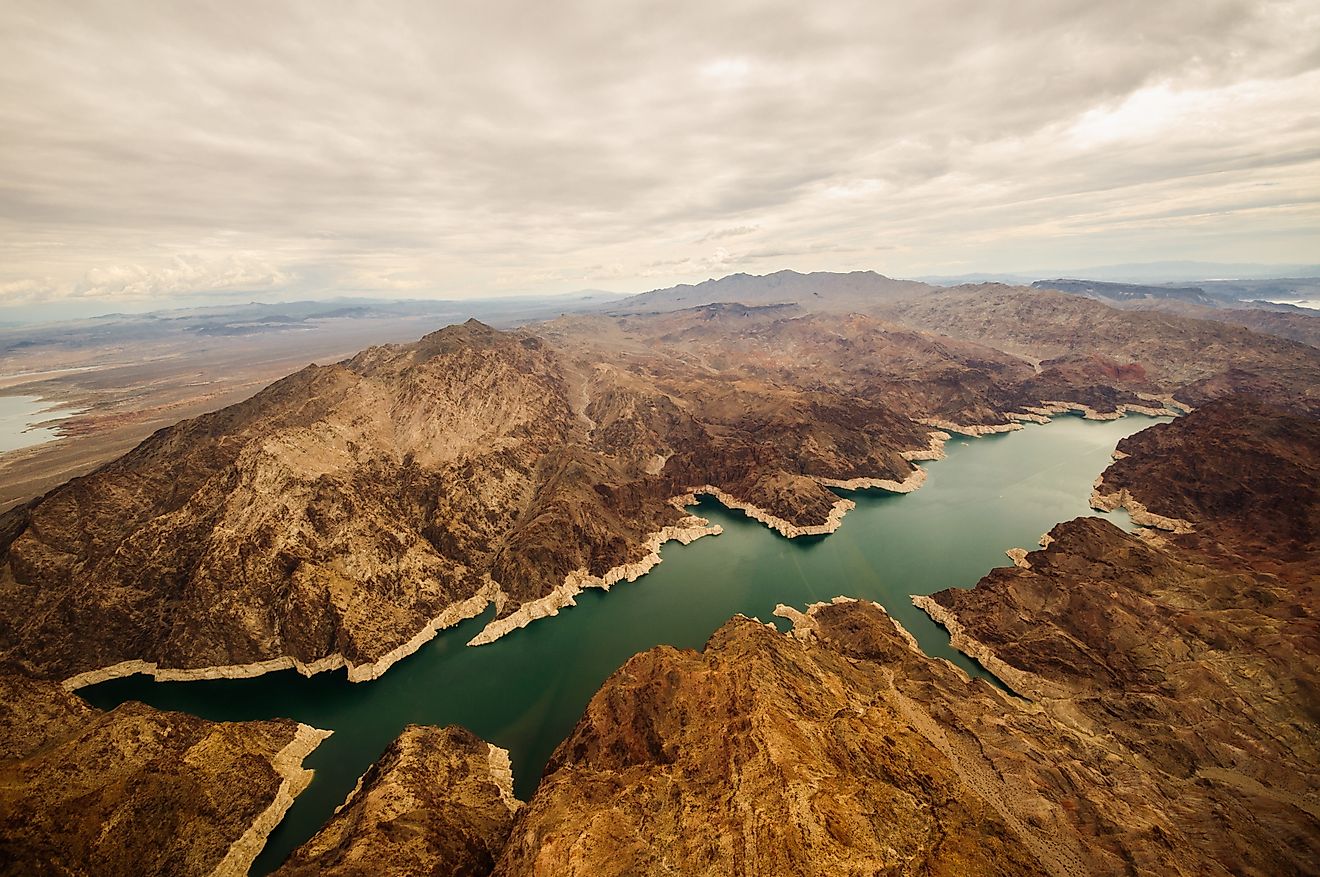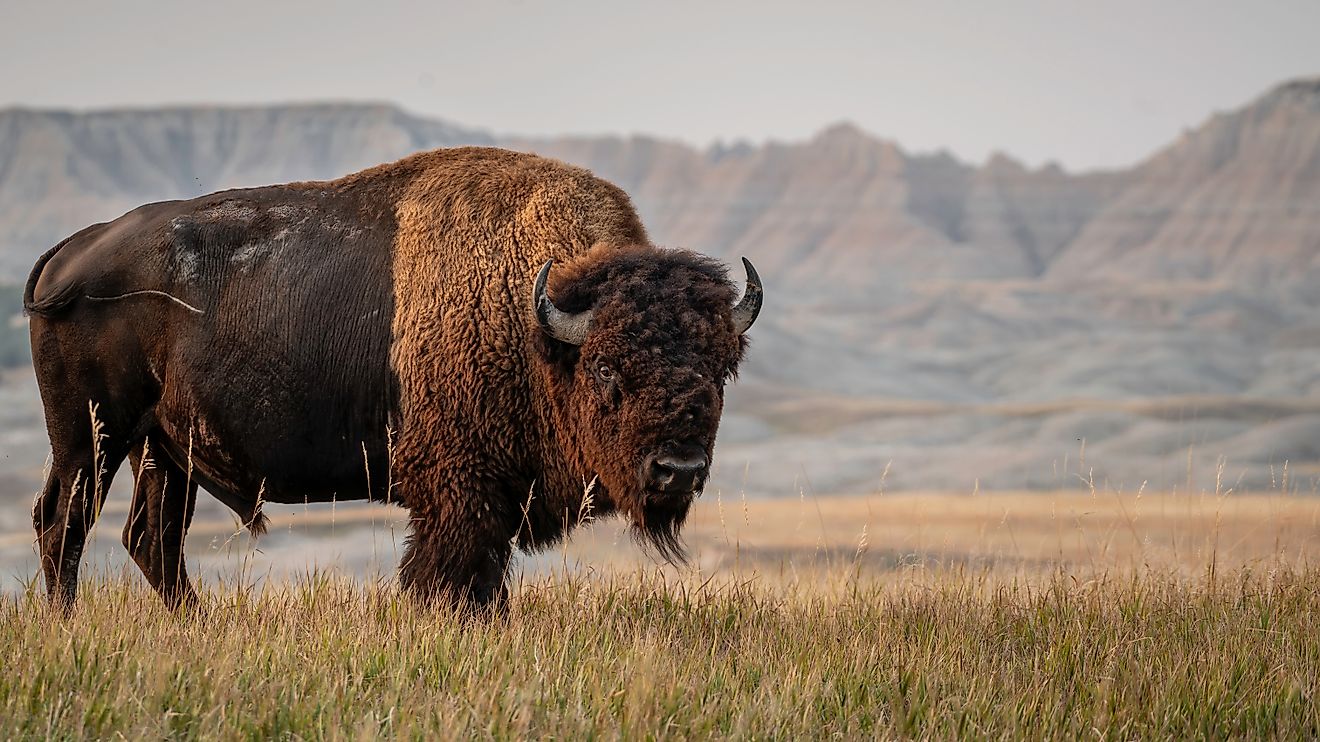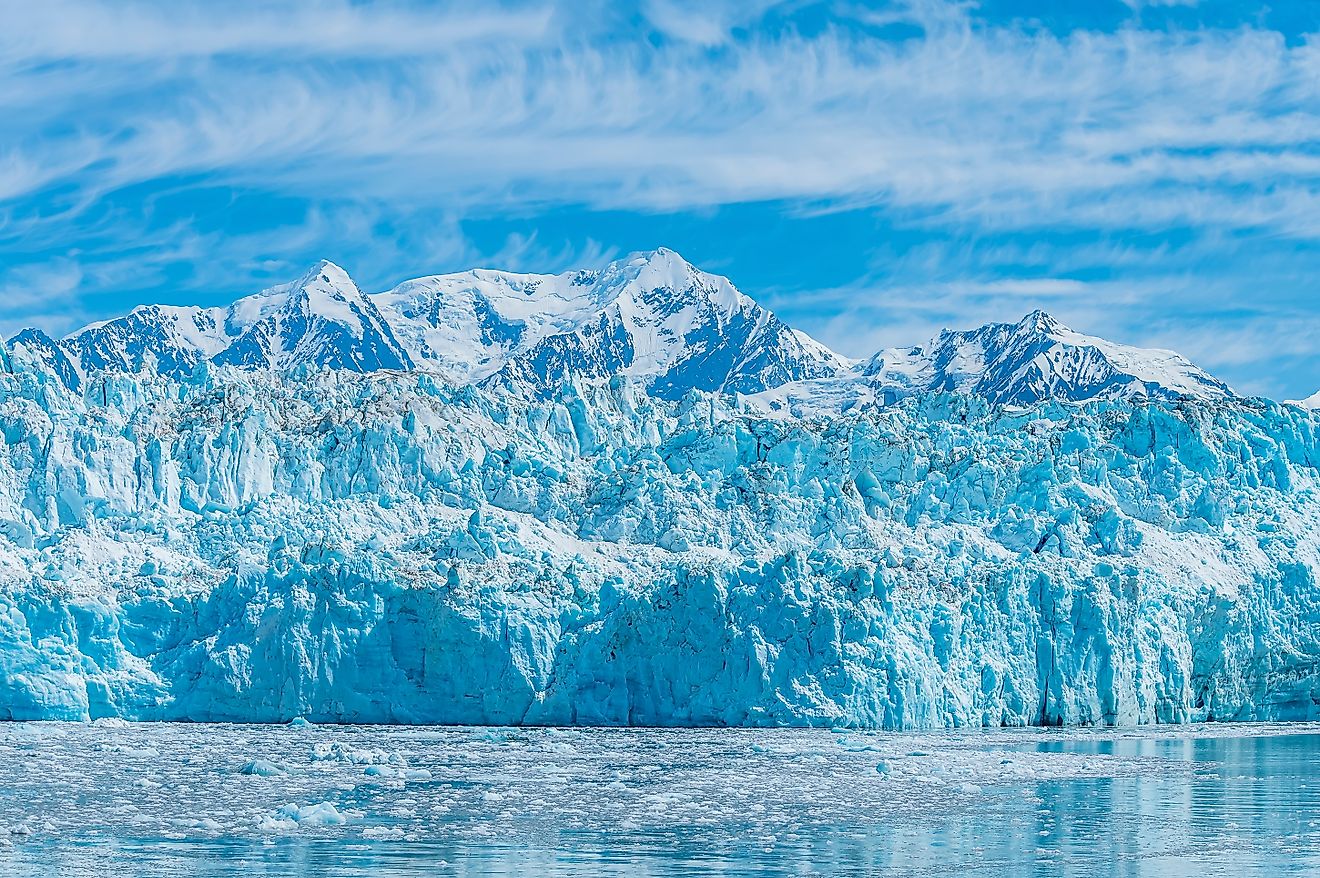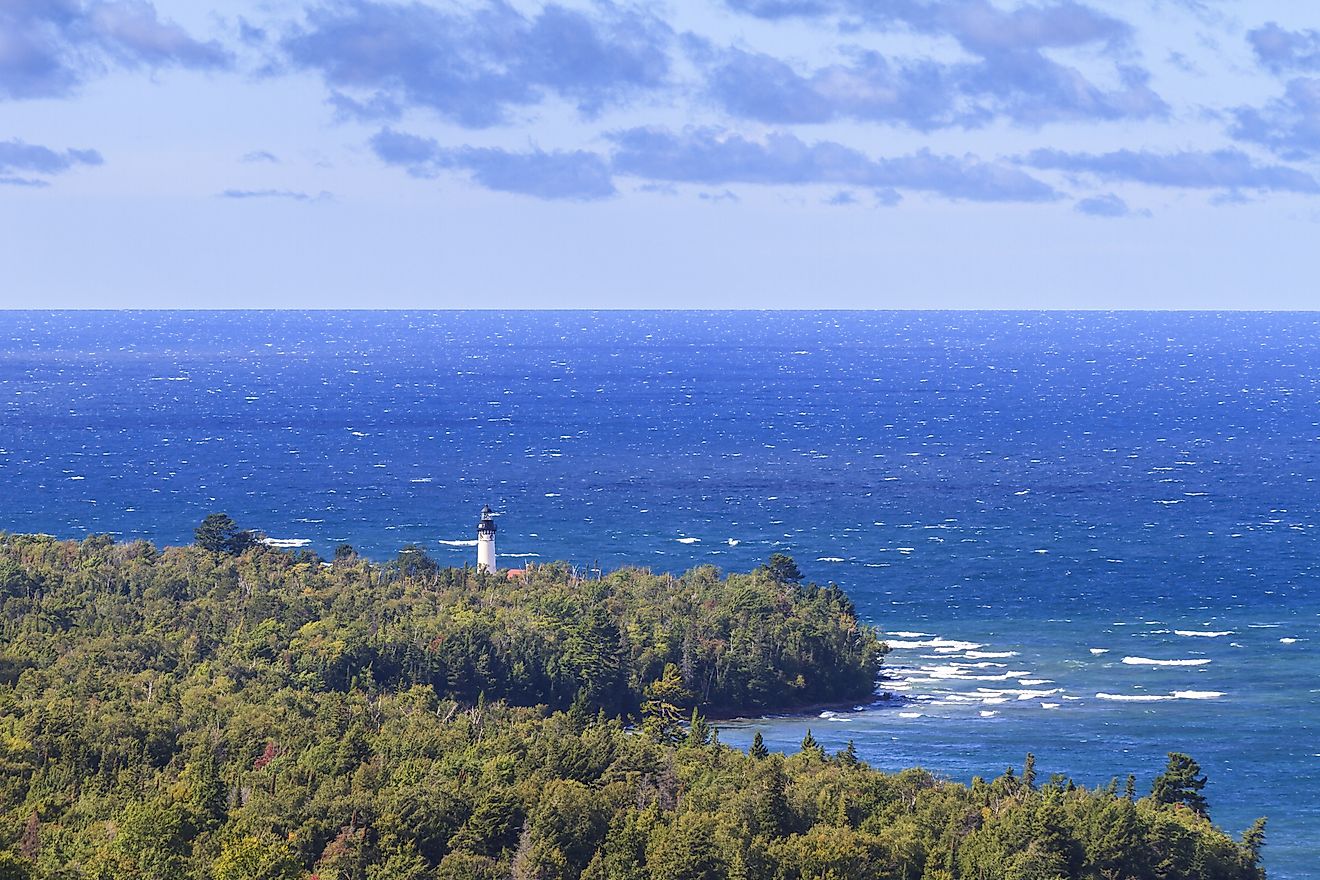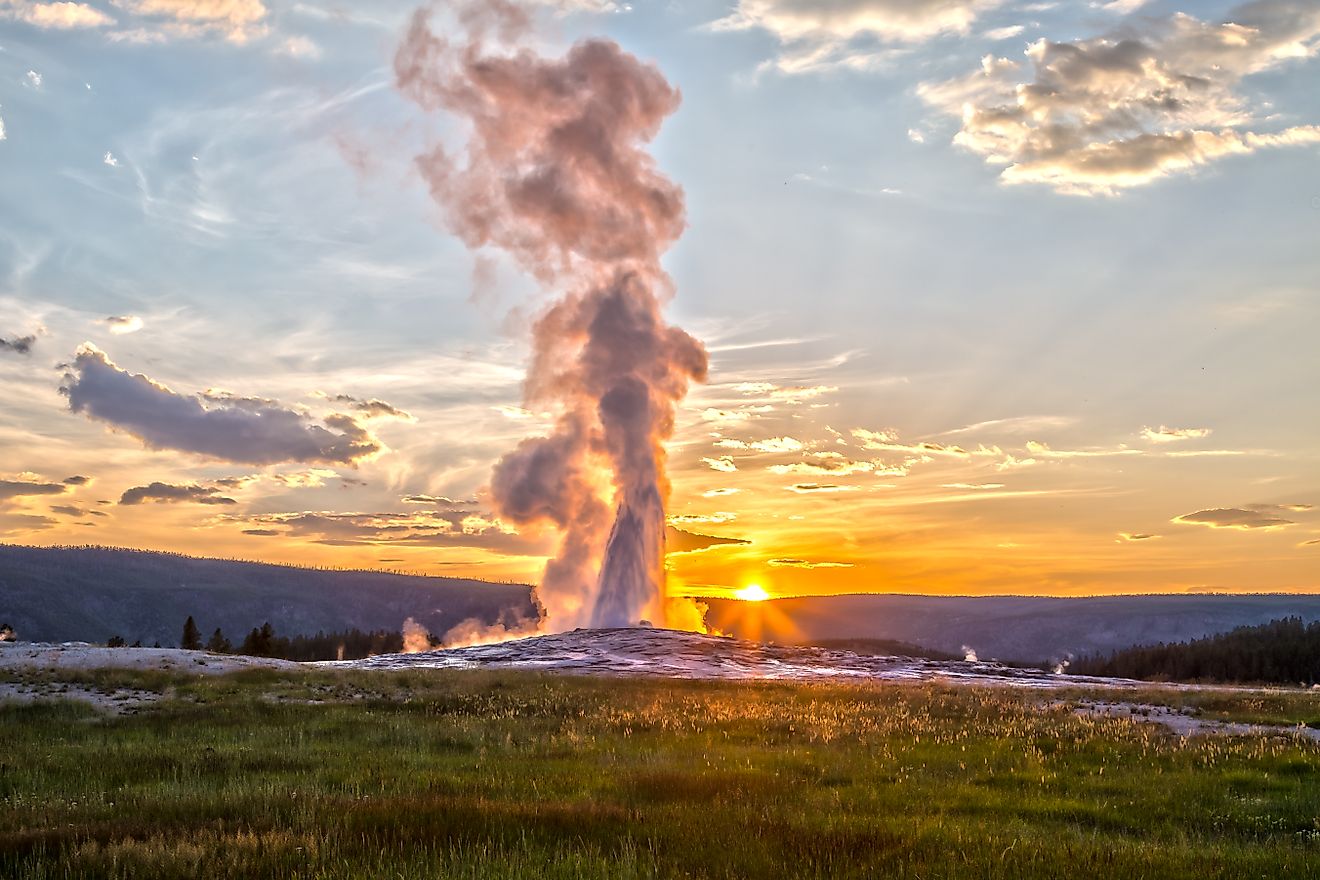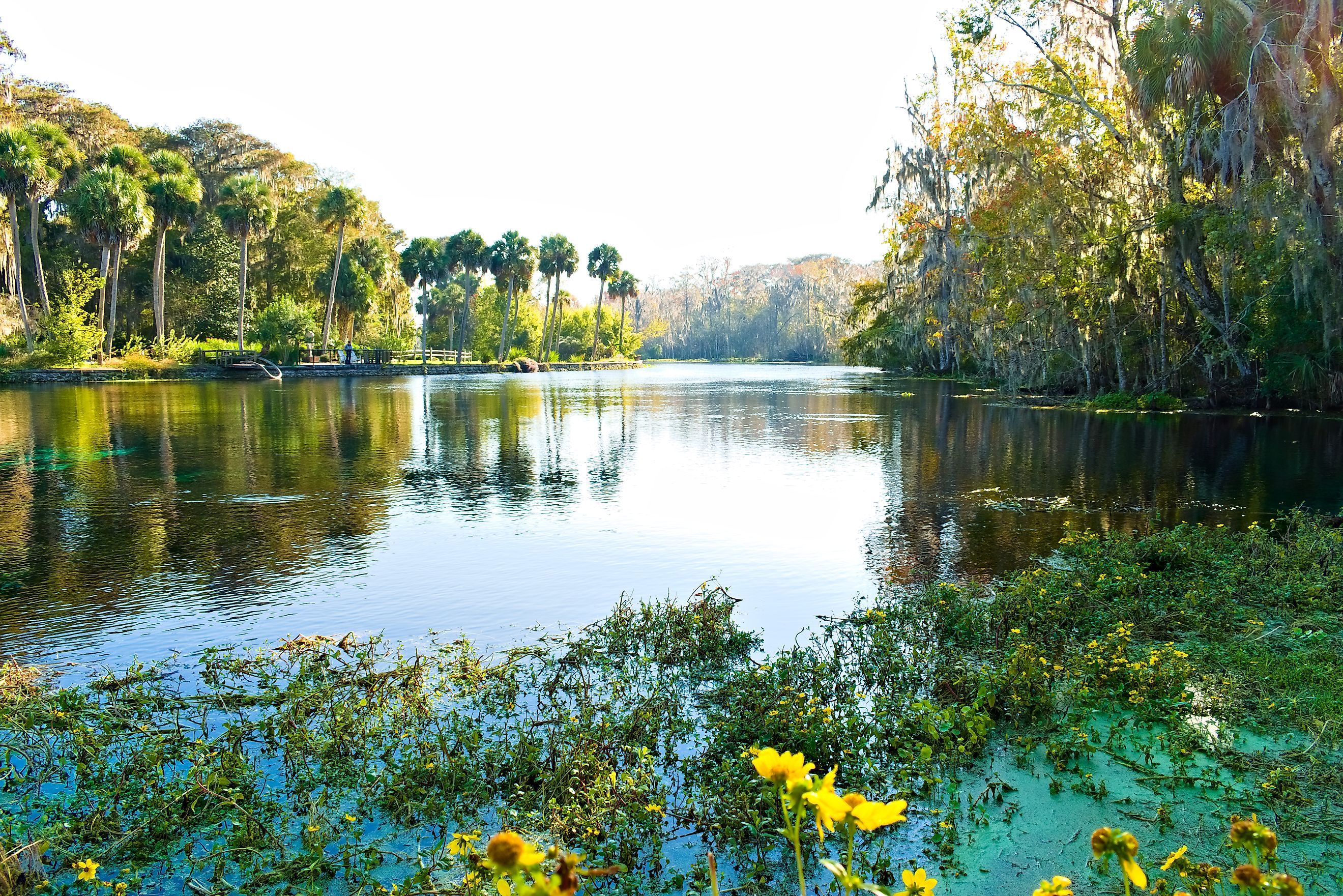
The 6 Largest Natural Springs in the US
Natural springs rank among the most captivating natural wonders in the United States. These water sources surge directly from underground aquifers, forming crystal-clear pools, flowing rivers, and vibrant ecosystems that sustain both wildlife and people. Scattered across the country, springs vary in size and shape, yet a handful rise above the rest for their sheer volume, breathtaking clarity, and cultural importance.
The largest natural springs in the nation are more than beautiful places to swim or paddle. They act as ecological powerhouses, maintaining river levels, feeding wetlands, and creating habitats for rare species. For centuries, they have also served as gathering places, regarded as sacred by Indigenous peoples, relied upon by early settlers, and celebrated today as recreational havens.
Explore the six largest natural springs in the United States, their immense flows, stunning landscapes, and the remarkable ways they continue to shape both nature and culture.
Silver Springs, Florida
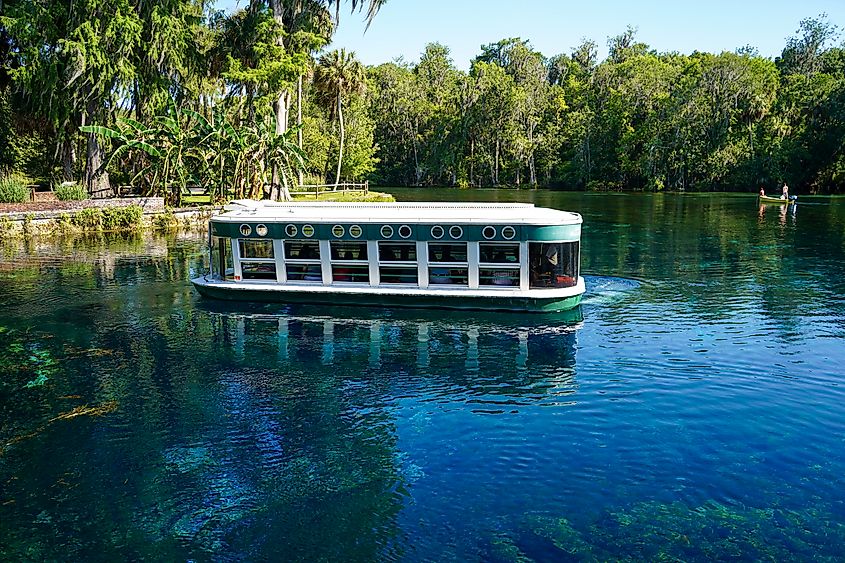
Average flow: About 500 million gallons per day
Silver Springs, located near Ocala, Florida, is one of the most famous springs in the United States and among the largest by water flow. It has been a tourist destination since the 19th century and is often recognized for its glass-bottom boat tours..
The spring’s massive flow creates the Silver River, a designated state canoe trail, where paddlers can spot manatees, alligators, and wading birds. The water is so clear that visibility often extends dozens of feet below the surface. Silver Springs also has a pop culture legacy, serving as a filming location for movies like "Creature from the Black Lagoon" and several "Tarzan" films.
Today, Silver Springs State Park protects this natural wonder, combining ecological preservation with outdoor recreation. Hike scenic trails, kayak downstream, and learn about Florida’s history at the park’s visitor center.
Rainbow Springs, Florida
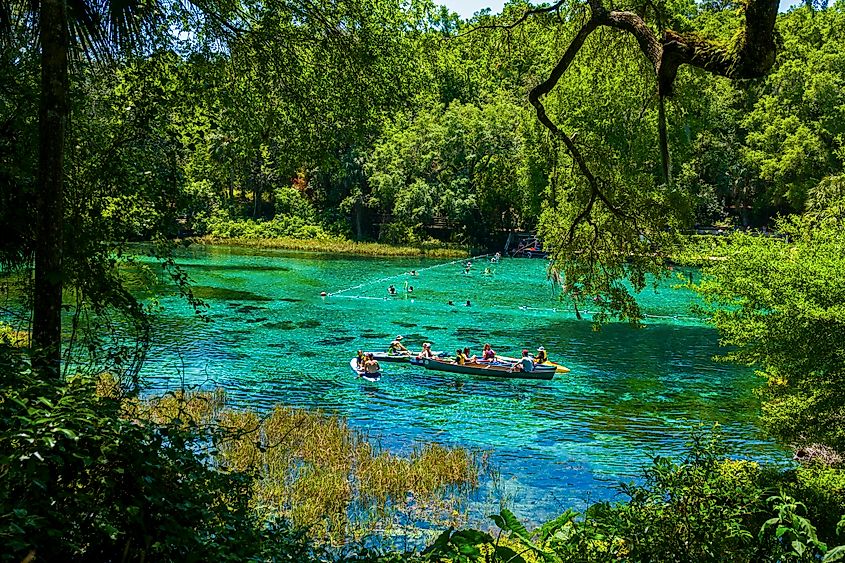
Average flow: About 450 million gallons per day
Rainbow Springs in central Florida is not only one of the largest springs in the country but also one of the most colorful. Its waters shimmer in shades of blue and green, creating an almost magical effect. The spring’s output helps form the Rainbow River, a popular spot for tubing, kayaking, and swimming.
The area around Rainbow Springs has a long history of human use. Indigenous peoples lived along its shores for thousands of years, and in the 20th century, the springs were developed as a roadside attraction. Today, Rainbow Springs State Park preserves both the natural environment and the cultural history of the site.
Swim in the designated headspring area, snorkel among fish, or float down the Rainbow River in an inner tube. The park also offers hiking trails that lead past waterfalls and gardens, remnants of its earlier days as a tourist park.
Wakulla Springs, Florida
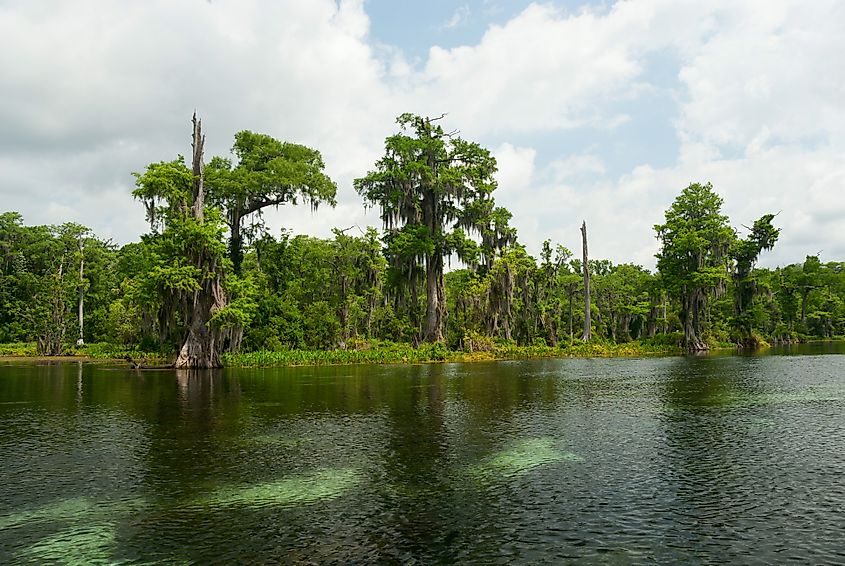
Average flow: About 400 million gallons per day
Wakulla Springs, located just south of Tallahassee, ranks among the deepest and largest freshwater springs in the world. Water flows from an expansive underground cave system, much of which remains a frontier for exploration by divers.
At the heart of Edward Ball Wakulla Springs State Park, the spring draws people for glass-bottom boat tours, refreshing swims, and remarkable wildlife encounters. Manatees often gather in the clear waters, while deer, alligators, and countless bird species thrive in the surrounding forests.
Hollywood also left its mark here. Films such as "Tarzan’s Secret Treasure" and "Creature from the Black Lagoon" were shot in these waters, cementing the spring’s place in cinematic history.
Big Spring, Missouri
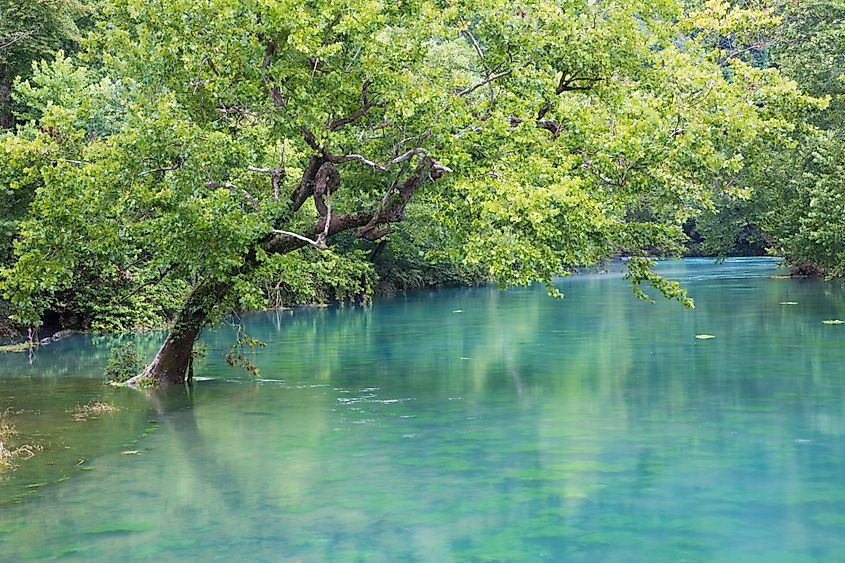
Average flow: About 286 million gallons per day
Big Spring in southeastern Missouri lives up to its name. This incredible natural wonder gushes directly out of a limestone bluff along the Current River, creating a rushing torrent of blue water that eventually joins the Ozark National Scenic Riverways.
Big Spring is one of the three largest springs in the Ozarks and is known for its strikingly deep blue color, caused by dissolved limestone and minerals. The volume of water it releases daily is enough to fill an Olympic-sized swimming pool in less than a minute.
Surrounding the spring, the Ozark National Scenic Riverways offers canoeing, kayaking, and fishing. The park also has hiking trails, campgrounds, and rich historical sites.
Mammoth Spring, Arkansas
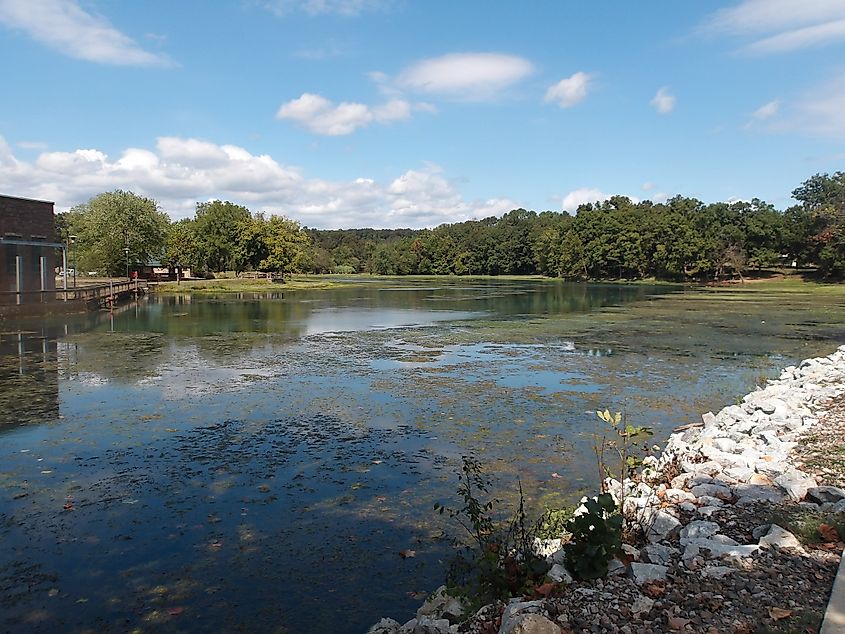
Average flow: About 235 million gallons per day
Mammoth Spring, located in the Ozarks of northern Arkansas, ranks among the largest springs in the United States. Its waters form a 10-acre lake at the source before feeding into the Spring River, a waterway prized for fishing, canoeing, and kayaking.
The spring is the highlight of Mammoth Spring State Park, where guests can explore a restored 19th-century mill, walk scenic trails, and take in the striking turquoise waters. The surrounding environment supports trout and bass populations, as well as wetlands that attract migratory birds throughout the year.
Mammoth Spring also carries deep historical importance. Indigenous communities long depended on its steady flow, and later it powered mills and a hydroelectric plant that helped shape the region’s growth. Today, it remains a vital natural and cultural landmark, drawing attention for both its impressive volume and enduring role in Arkansas history.
Ichetucknee Springs, Florida
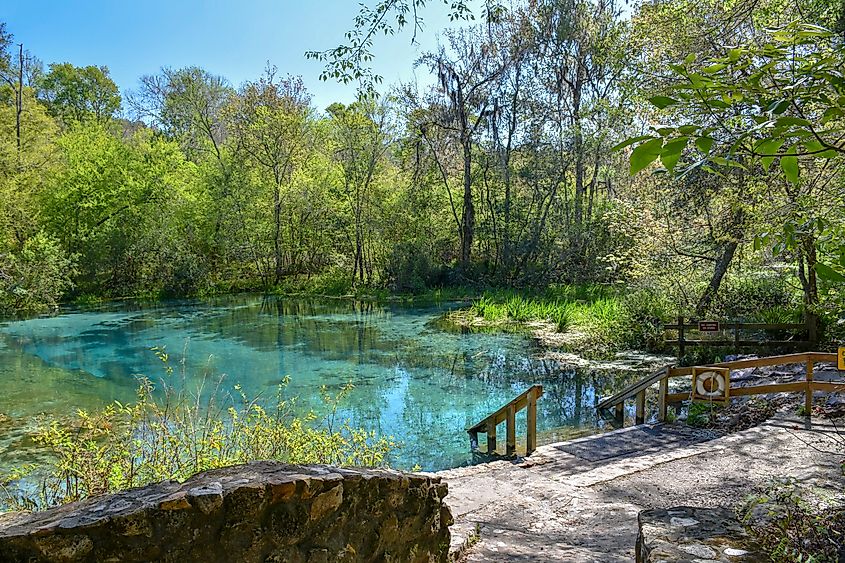
Average flow: About 233 million gallons per day
Located in northern Florida, Ichetucknee Springs is a collection of several large springs that feed the beautiful Ichetucknee River. While not as powerful as Silver or Rainbow Springs, its combined flow still ranks it among the largest in the United States.
The spring is most famous for its tubing experience. Each summer, visitors float down the Ichetucknee River, drifting past cypress trees, turtles, and wading birds in crystal-clear water. The park strictly limits motorized boats to protect the river’s ecosystem, creating a tranquil and pristine experience for swimmers, snorkelers, and kayakers.
In addition to recreation, the spring is an ecological gem, providing habitat for diverse aquatic plants and animals. The state park surrounding the springs offers hiking trails, picnic areas, and plenty of space to relax in the shade of old-growth trees.
Flowing Legacies of the American Landscape
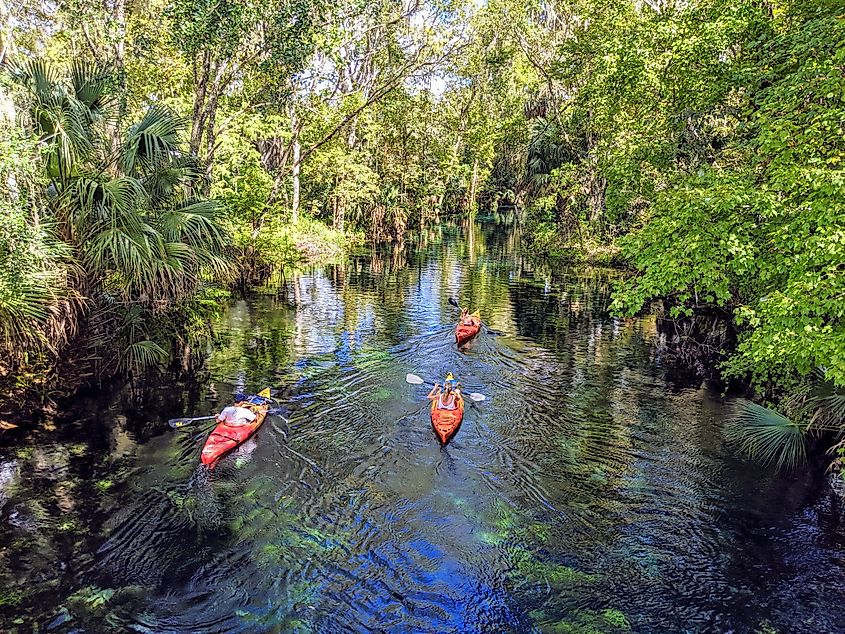
The largest natural springs leave an imprint that extends beyond their striking waters. They shape local communities, support fisheries and wildlife, and influence the surrounding landscapes in ways that are often unseen but essential. Each spring reflects a balance between geological force and ecological harmony, showing how steady flows of water sustain life over centuries.
These springs also capture imagination and curiosity. They have inspired explorers, scientists, and generations of families seeking recreation or reflection. The combination of power, clarity, and accessibility makes them rare natural treasures, highlighting how water connects people to place in both practical and profound ways.
Ultimately, the country’s largest springs serve as enduring benchmarks of natural wealth. Their significance is measured not only in gallons per day but in the ecosystems they nurture, the histories they carry, and the experiences they continue to provide.
Comparing Six of The Largest Springs
| Spring | Location | Average Flow (Gallons per Day) | Key Features | Activities & Notes |
|---|---|---|---|---|
| Silver Springs | Florida | 500 million | Famous for glass-bottom boat tours, clarity, and pop culture legacy | Canoeing on Silver River, wildlife viewing (manatees, alligators, wading birds), hiking, state park visitor center |
| Rainbow Springs | Florida | 450 million | Colorful waters with blue and green hues, long cultural history | Tubing, kayaking, swimming, snorkeling, hiking past waterfalls and gardens |
| Wakulla Springs | Florida | 400 million | One of the deepest springs, expansive underground cave system | Glass-bottom boat tours, swimming, wildlife encounters, manatees, cinematic history |
| Big Spring | Missouri | 286 million | Emerges from limestone bluff, deep blue waters | Canoeing, kayaking, fishing, hiking, campgrounds, historical sites |
| Mammoth Spring | Arkansas | 235 million | Forms a 10-acre lake, historical importance | Fishing, canoeing, kayaking, hiking trails, restored 19th-century mill, trout and bass populations |
| Ichetucknee Springs | Florida | 233 million | Collection of springs feeding Ichetucknee River, protected ecosystem | Tubing, swimming, snorkeling, kayaking, hiking, picnic areas, strict motorized boat limits |
